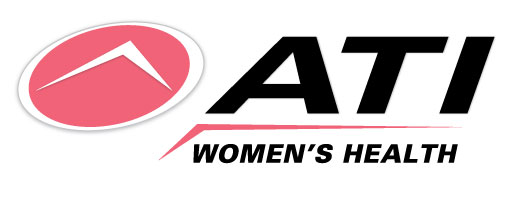Bowel/Bladder Dysfunction
Bladder and bowel conditions are common health problems affecting millions of women. Often, those experiencing symptoms will limit their physical activity and social interactions, associating their symptoms with a decreased quality of life and a poor self-image. Physical therapy may help!
At ATI Women’s Health, we understand the intimacy of these issues. Our physical therapists have advanced, specialized training in the management and treatment of symptoms and dysfunction associated with bladder and bowel conditions. We are devoted to providing one-to-one care with individualized treatment programs in a peaceful and supportive environment.
Find a Location and Get Started
Types of bowel and bladder dysfunction treated (but not limited to):
- Urinary incontinence
- Stress incontinence
- Urge incontinence
- Mixed incontinence
- Overflow incontinence
- Urinary urgency/frequency
- Urinary retention
- Fecal incontinence
- Fecal urgency/frequency
- Incomplete emptying
- Chronic constipation
How can physical therapy help?
The goal of physical therapy is to normalize abdominal and pelvic floor muscle tone/activity, motor control and coordination. Pelvic floor muscle contractions (commonly known as Kegels) will be incorporated once involved musculature is in its optimal length and neuromuscular control is present. In addition, education regarding proper bladder/bowel habits, postural needs and ergonomics may positively influence rehabilitative outcomes. ATI Women’s Health physical therapists seek to provide the optimal treatment to address individual concerns or needs.
Treatment options vary by condition and may include:
- External and internal soft tissue mobilization, myofascial and trigger point release, connective tissue manipulation, visceral mobilization
- Neuromuscular re-education using electromyographic and tactile biofeedback for downtraining and/or uptraining the pelvic floor musculature
- Instruction regarding normal voiding mechanics
- Instruction regarding normal defecation mechanics (coordination of abdominal muscle contraction for a gradual increase in intra-abdominal pressure combined with pelvic floor muscle relaxation)
- Behavioral training, bladder/bowel education, postural training and self-management techniques
- Treatment of related lumbosacral, hip, SI joint, coccyx and pelvic girdle conditions
- Electrical stimulation, TENS, ultrasound, heat/cold therapy
- Comprehensive home exercise program instruction
